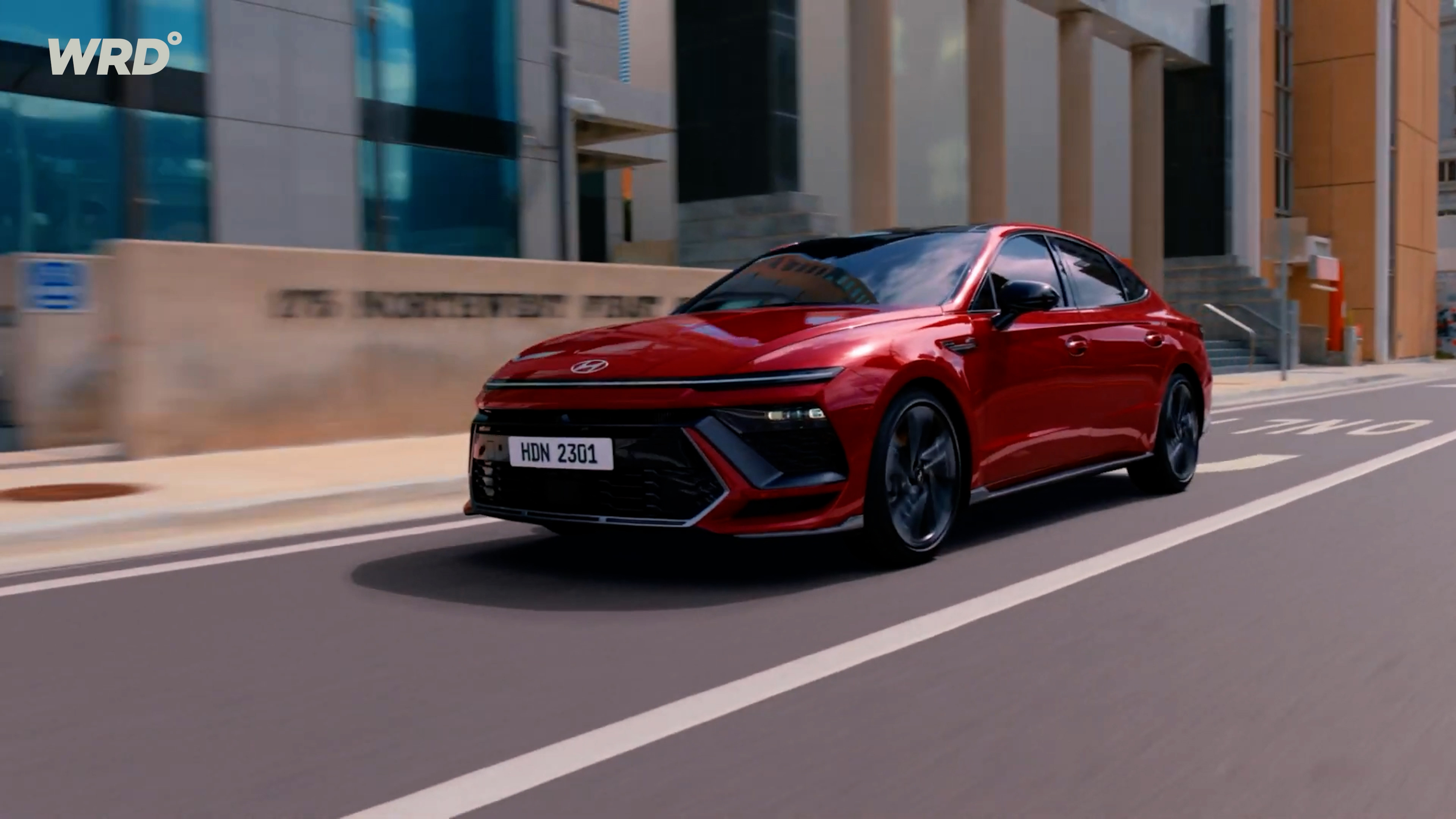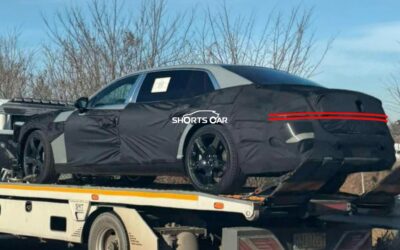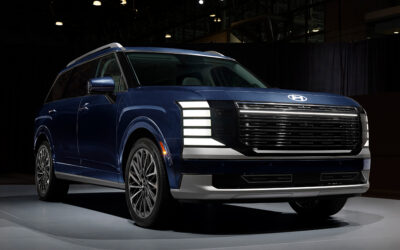What if a car wasn’t just a machine but a mirror reflecting a nation’s journey? For Koreans, the Hyundai Sonata has done precisely that, transcending its mechanical purpose to become a generational touchstone that defined middle-class aspiration for four decades.
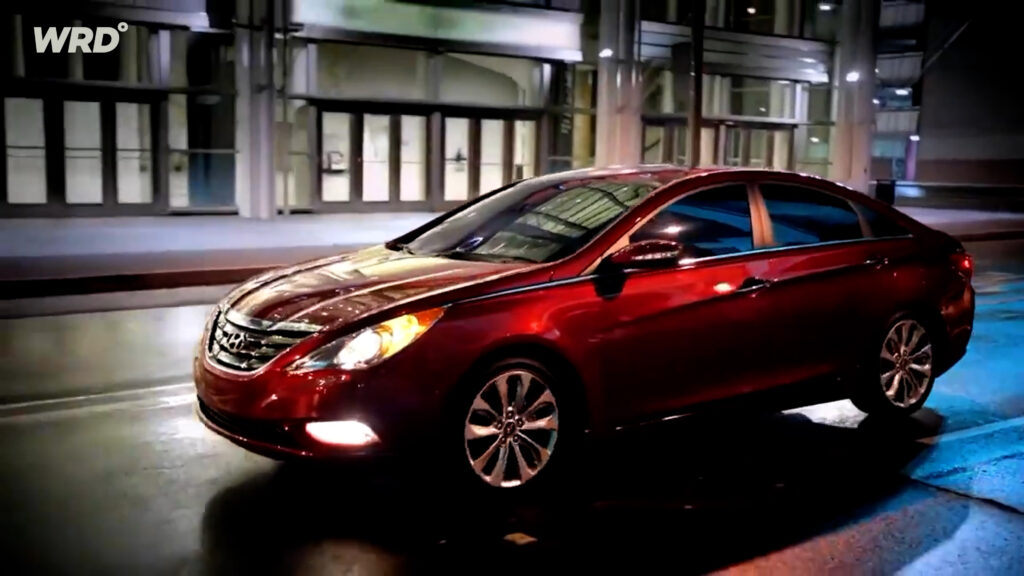
The Car That Raised a Nation
In most automotive markets, enthusiasts debate horsepower figures and lap times. In Korea, conversations about the Hyundai Sonata inevitably drift toward something more profound: childhood memories of family road trips, the pride in a father’s first new car purchase, or the symbolic weight of middle-class aspiration made manifest in sheet metal and leather seats.
WRD recently explored this phenomenon in an original documentary celebrating the Sonata’s 40th anniversary, examining how the model became Korea’s unofficial “dad car”—a designation that, in a rapidly developing nation, symbolized stability, achievement, and family aspiration in ways Western audiences might not immediately grasp.
For millions of Koreans born between the 1980s and 2000s, the Sonata was the soundtrack to their childhood—the gentle hum of its engine during weekend trips to grandparents’ houses, the reassuring presence of a tangible symbol of stability and success in their parents’ lives.
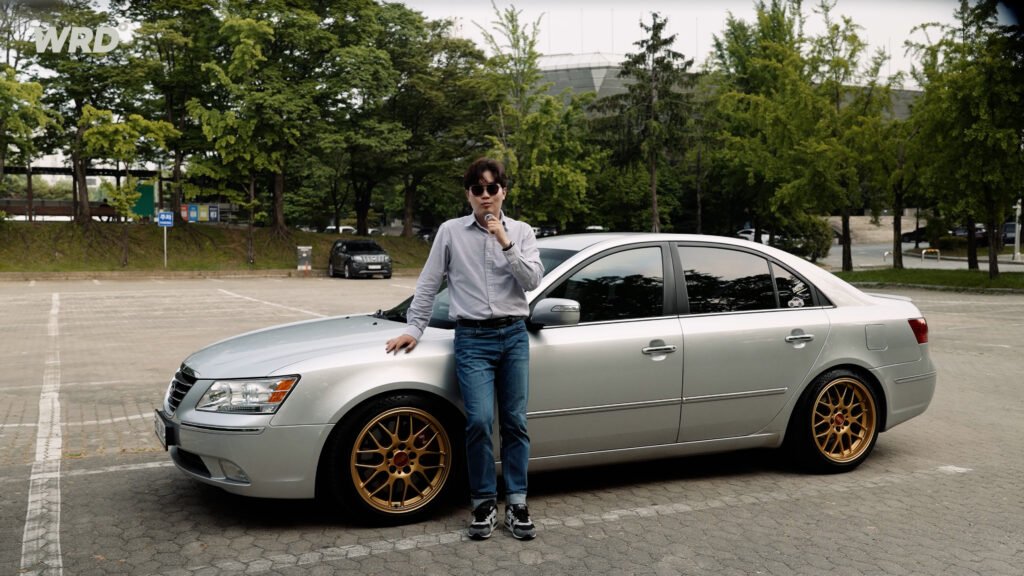
Korea’s Automotive 장자: When Cars Inherit Cultural Responsibility
To understand the Sonata’s unique position, one must grasp the Korean concept of 장자 (jangja)—the eldest child who inherits not just family assets, but the weight of family responsibility, tradition, and expectations. In Korean automotive culture, the Sonata became Hyundai’s 장자, shouldering responsibilities far beyond mere transportation.
Like the eldest sibling in a traditional Korean family, the Sonata carried the burden of representing Hyundai’s technical capability, reliability, and market leadership. It wasn’t enough to simply sell well; the Sonata had to excel at everything—commuting, family duties, business use, even serving as the nation’s primary taxi fleet. This automotive eldest child bore the expectations of an entire industry and, by extension, a rapidly modernizing society.
With 16 years as the best-selling car in Korea since 1994 and over 9.5 million units sold by 2024, the Sonata fulfilled its 장자 duties admirably. It became the standard by which all other Korean family sedans were measured, creating a cultural framework that transcended simple brand loyalty.

When Products Define Generations
The Sonata belongs to an exclusive club of manufactured products that defined not just market segments, but entire generations. It became a genre unto itself—the archetypal Korean family car that competitors measured themselves against. When Koreans said “middle-class sedan,” they meant Sonata, regardless of manufacturer.
This cultural embedding explains current market paradoxes. Many Korean car buyers today are the children who rode in Sonata back seats during the 1990s and 2000s. Having grown up with the model as the default choice, they’re now seeking differentiation through SUVs, premium brands, or imports. This “generational echo effect” suggests people don’t necessarily want to buy the cars they grew up in—a phenomenon that challenges the Sonata’s traditional dominance.
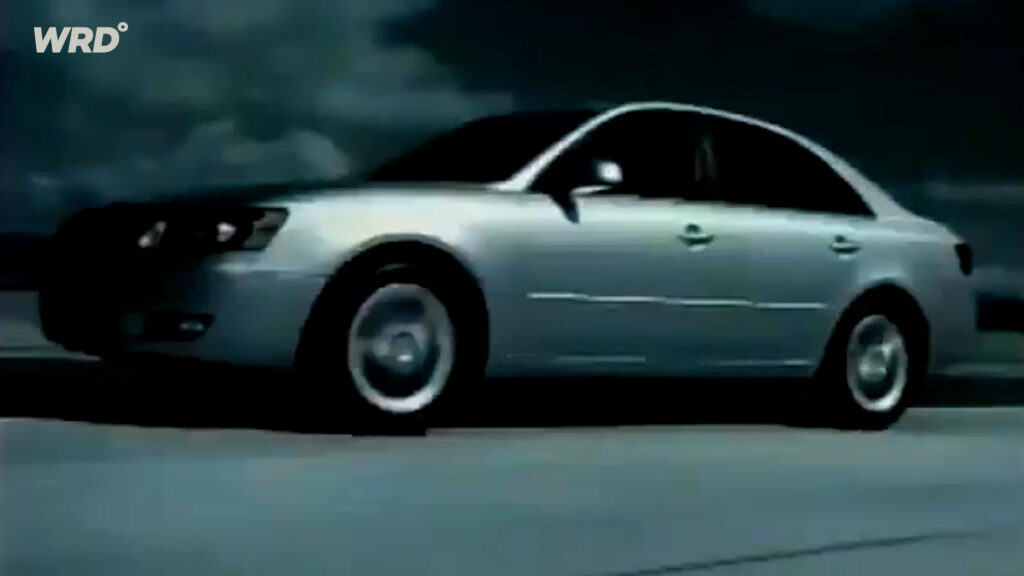
The Minimum Viable Middle Class
During Korea’s transformation from developing nation to industrial powerhouse, the Sonata served as both symbol and enabler of middle-class aspiration. It represented the minimum threshold for respectability—a car that signaled a family’s arrival into the middle class, reliable enough for daily commuting, spacious enough for weekend family trips, and prestigious enough to park at the office without embarrassment.
This positioning created a powerful network effect: as more families chose the Sonata, it became increasingly complex for competitors to establish alternative cultural meanings. The car wasn’t competing on technical merits alone; it was competing against decades of accumulated social significance.
The Sonata’s controversial role as Korea’s unofficial taxi fleet actually validated its core proposition. While some owners complained about sharing their car’s identity with commercial operators, this ubiquity proved the model’s worth through the harshest possible real-world testing. Taxi drivers, like middle-class families, needed maximum reliability and value—and they consistently chose the Sonata.
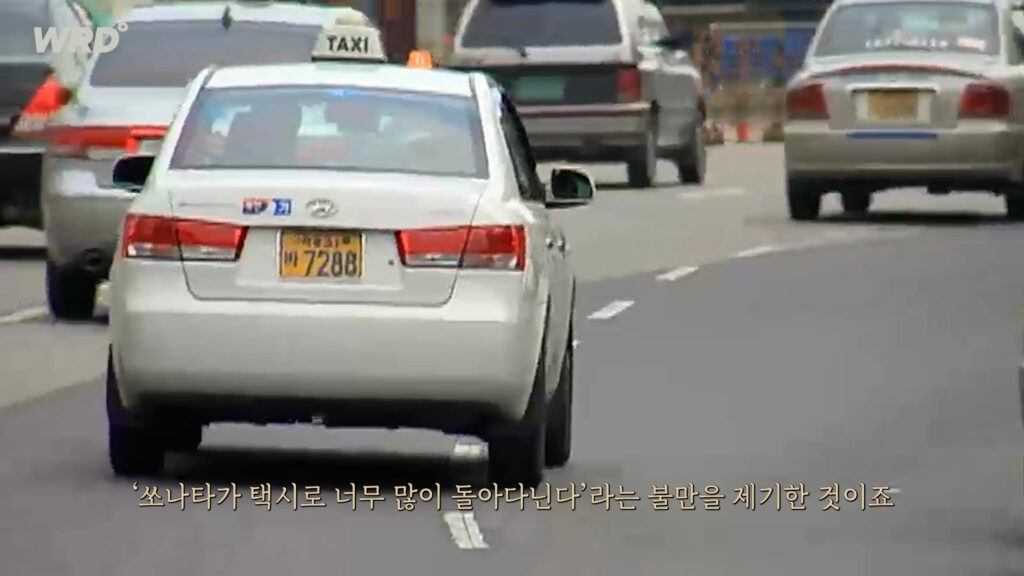
The Social Status Barometer
In Korean society, the Sonata became more than transportation—it was a social barometer. Owning one signified middle-class membership, stable employment, and family responsibility. This wasn’t about luxury or performance; it was about demonstrating reliability and respectability in a society that valued both highly.
The model’s versatility reinforced this status. Whether serving as a business car for morning commutes, a family vehicle for weekend outings, or even a teenager’s first driving experience, the Sonata performed every role competently. This jack-of-all-trades capability made it indispensable to Korean families who couldn’t afford multiple specialized vehicles.
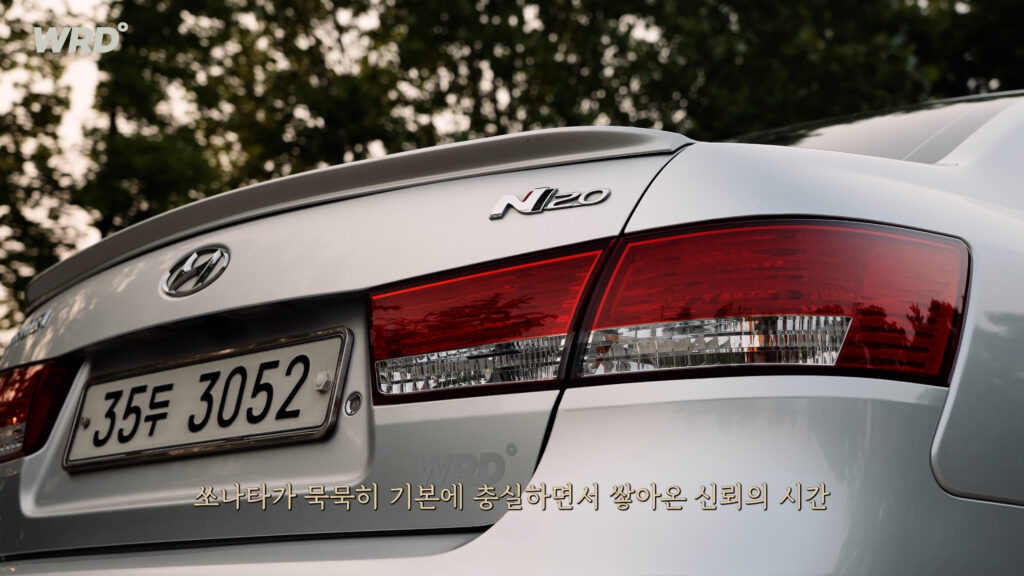
Beyond Transportation
The Sonata succeeded not by being extraordinary but by being extraordinarily dependable—a fitting metaphor for a nation that built remarkable progress through methodical excellence rather than flashy gestures. For Koreans, it was never just about the car; it was about what the car represented: stability, progress, and the promise that hard work could deliver a better life for future generations.
As Korea’s automotive industry matures and buyers increasingly look toward SUVs and electric vehicles, the Sonata faces the challenge confronting all culturally embedded products: how to evolve without losing the essence that made them meaningful. The model’s role as Korea’s automotive 장자 may be shifting, but its legacy as a generational touchstone remains profound.
The Sonata’s true achievement was becoming woven into the fabric of Korean daily life so entirely that it defined not just transportation choices, but generational dreams themselves. It offers a powerful lesson on how products can transcend their mechanical purpose to become cultural artifacts that reflect a society’s journey toward prosperity.
Watch WRD’s complete documentary on the Sonata’s cultural heritage below.
About WRD WORLD
WRD WORLD bridges deep automotive knowledge with compelling creative strategy, understanding the nuances from design to engineering, mobility to motorsport. Through our social media channels WRD°, we create original content exploring automotive culture from our unique perspective, building engaged communities of automotive enthusiasts. This dual approach—serving clients while maintaining our own media presence—ensures we stay ahead of trends and deliver cutting-edge solutions. Learn more at wrdworld.com

